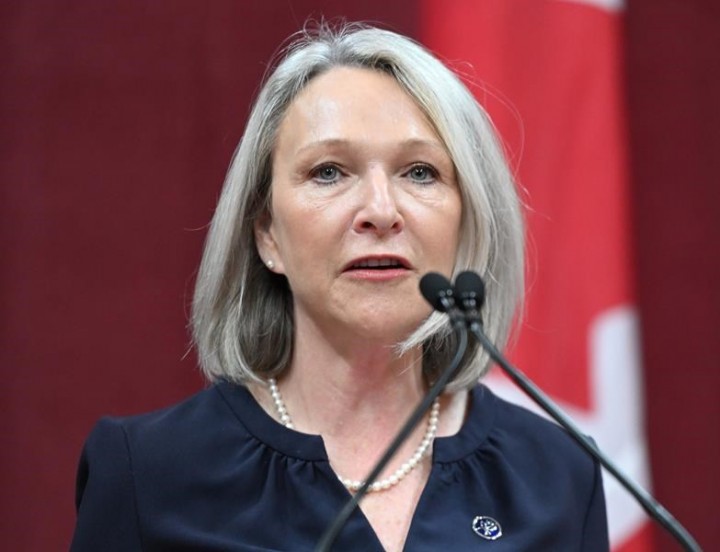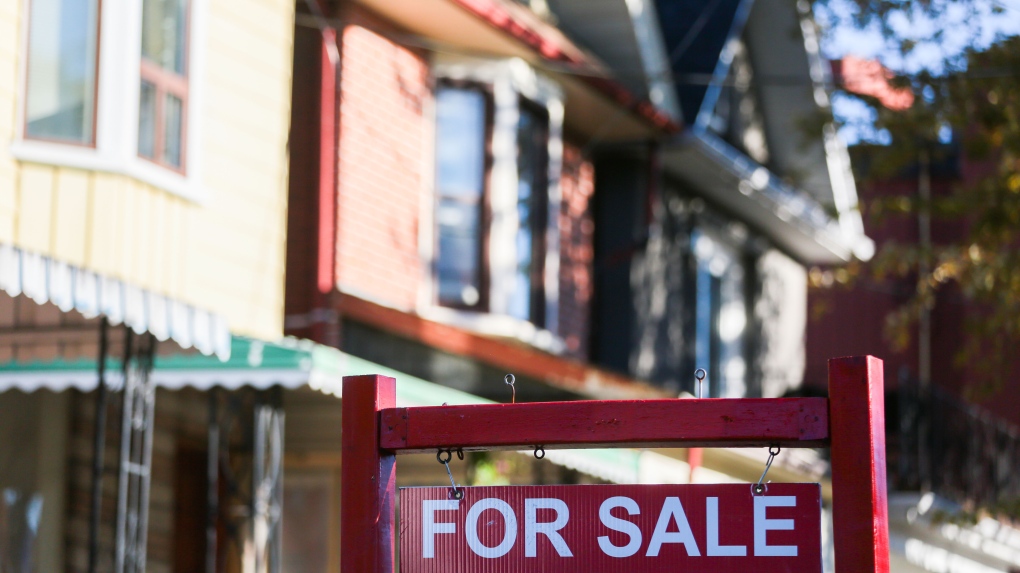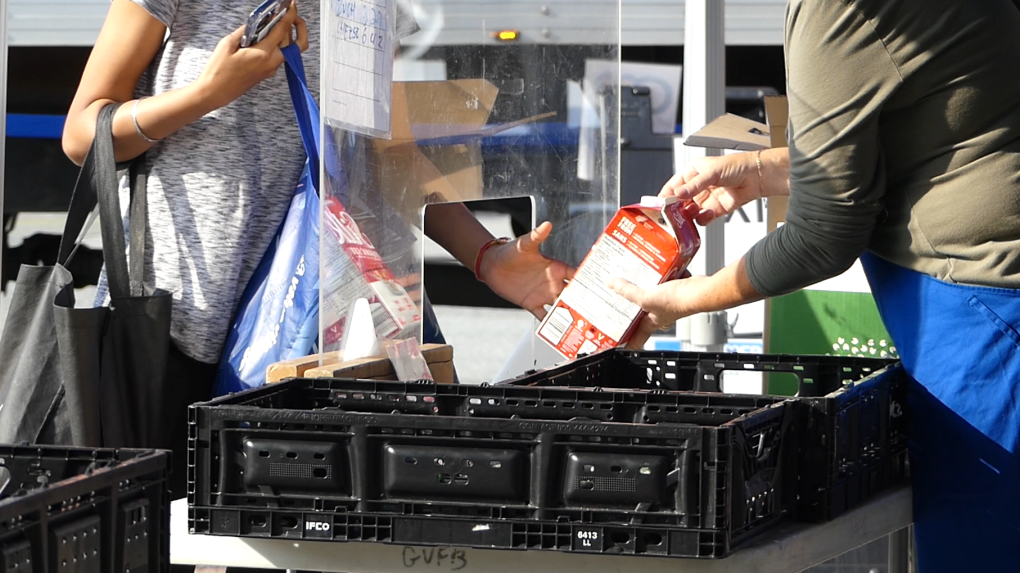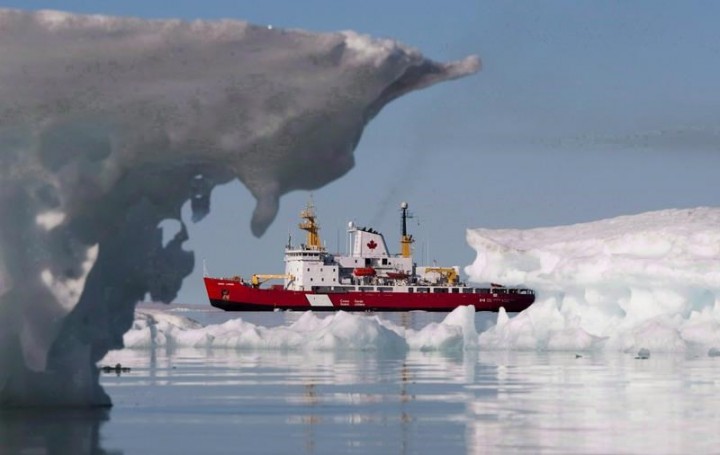WE ARE INSTITUTIONALIZED TO WORK
Many Prefer to be Employer Dependent Despite Influencers Claiming 9-5 Is Repulsive
on November 17, 2022
By Nick Kossovan

I empathize with people who dislike the idea of working 9-5. Who likes the idea of constantly putting aside their authentic self so they fit in and being under management’s control, who can let you go at any time
Recent layoffs at Meta, Twitter, Redfin, Shopify, Flipboard, Dapper, et al. are reminders that:
You do not own your job.
All jobs are temporary and disposable.
You are a free agent.
You should consistently save no less than 20% of every paycheck.
You should constantly be building skills that add value to your employability.
I understand the appeal of 9-5.
All the turmoil in the job market over the past four decades due to recessions, jobs being sent overseas, erratic consumer demands, a worldwide pandemic, and today’s supply chain issues coupled with runaway inflation has made downsizing so common that when the media announces layoffs, we barely shrug our shoulders. Yet, despite the constant turbulence in the job market, wishful thinking makes many believe a “steady job” is not the oxymoron it has become but is still more stable and less risky than going out on your own.
A self-employed person (an entrepreneur or freelancer) is gambling with their livelihood. Despite what people preach, it takes more than strategy and hard work to succeed in the non-9-5 world; luck plays a significant role. First, you need to resonate with a large audience and then—here is the hard part—offer something of value your audience is willing to you pay for.
Years ago, the point that luck is a key component in achieving success was made to me on a Friday morning, around 2:30 AM, in New York City’s Times Square. It had stopped raining. My friend was trying to hail a taxi to get us back to Hackensack, New Jersey. I took out a cigarette and realized I did not have a lighter. A hunched-over man was walking by, so I asked him for a light. Without uttering a word, he pulled out a Zippo. I commented on how beautiful the neon lights looked, reflecting off the wet pavement. My new friend snapped shut his Zippo. As he walked away, he said, “For every lightbulb on Broadway, there are a thousand broken hearts.”
Internet talking heads, peddling lessons they have barely learned, preach that the entrepreneur/freelancer lifestyle should be everyone’s dream. They would like nothing more than to start a #HireYourself movement. Conveniently they do not mention the loneliness, fear, constant instability, and chronic worry that often come with such a lifestyle.
Nowadays, there’s so much noise around the best way to earn a living; much of it is just made-up stories by influencers, a subjective label, trying to manipulate you for their benefit.
A sentence designed to make you unhappy: If you work a 9 to 5 job, you are working for someone else’s dreams. Is it not possible that working for someone else helps you to live your dream? Your dream could be to save enough money to retire at 55. Your dream could be to golf every weekend with a clear mind. (When you own a business, it’s on your mind 24/7.). Your dream could be as simple as making enough money to pay the rent, eat and enjoy a few of life’s pleasures while having two days off a week to chill. Today approximately 734 million people around the globe live on $2 a day, a 9-5 job that keeps them out of extreme poverty is an unimaginable dream.
There is no shame in wanting and being happy with a 9-5 job. Most people just want to show up, perform their duties, get paid and have evenings and weekends to enjoy their lives and try to accumulate some savings—a financial cushion for the inevitable “Sorry, we no longer need you.”
Not everyone wants to work from home, have a side hustle or become a millionaire. Money is not everything. (Gasp!) The happiest people I know are those chasing a purpose instead of money.
A trend among influencers is to tell their followers to quit their jobs because they are being exploited, so they, too, can make $5,000 by creating content such as writing a blog or a newsletter, podcasting, or making videos. Yes, it is possible not to work a 9-5, as millions do, but you will work, and you will constantly be hustling for your next gig.
Influencers make their money by selling dreams, hopes, and emotions. Their business model is telling their followers what they want to hear. In order to make money, they must tell thousands of people they have a sure-fire 5 Easy Ways to Make Money methodology and then digitally reel you in to buy their book and courses or to attend their virtual boot camp to learn the secrets and skills that will free you from, God forbid, relying on an employer to earn a living.
I am sure your social media feeds, like mine, are full of self-serving motivational quotes and posts designed to make people, especially those who have not yet settled on a career path (READ: young, impressionable, haven’t yet taken on full adult responsibilities), feel guilty if they want to be a doctor, accountant, engineer, or chef.
At my age, I am deeply ingrained in the corporate world; thus, it is easy for me to see through these attempts to make those who have chosen to be an employee miserable. In my opinion, their sales pitch is equivalent to, You may be good at working on someone’s dream, but you do not feel and look good. So why not blow off your 9-5 to become a millionaire and get plastic surgery?

Everyone has different circumstances. Being an employee is far more secure, especially if you adopt the habit of saving 20%, than going on your own.
Many people buy into the self-serving narratives influencers sell. First, they write a blog, but as much as they try, they cannot get traffic to their blog. Then they write a book; only it does not sell because there are 1,000s of books evangelizing what they are evangelizing. Next, they set up a YouTube channel and upload their homemade video, Ten Ways to Cook Eggs. DAMN! NO VIEWS!
Much of the craziness, toxicity, and photoshopped pictures that primarily populate social media are desperate attempts to generate the number of followers and viewership believed to be a requirement to becoming an influencer and escaping their 9-5.
Random people on the internet bragging about their supposed four-hour work week gives many the idea that hustling 24/7 is the life they should be leading.
Welcome to the hustle culture.
I have seen firsthand the consequences of participating in the hustle culture.Constantly feeling the urge to be busy. (A recipe for inducing anxiety.)
Wanting to make everyone around them join the “productivity” cult.
Being disrespectful to those around them whom they perceive as less ambitious than they are.
Feeling guilty when spending leisurely, socializing, or having fun.
The definition of success varies from person to person. How someone defines their success is personal. You are no less human because a 9-5 job works for you, as it does for most people. Do not let “influencers,” whose purpose is to make you unhappy for being an employee and then conveniently sell you their solution to the unhappiness they created, steer you otherwise—just do not forget to save 20%.
____________________________________________

Nick Kossovan, a self-described connoisseur of human psychology, writes about what’s on his mind from Toronto. You can follow Nick on Twitter and Instagram @NKossovan













